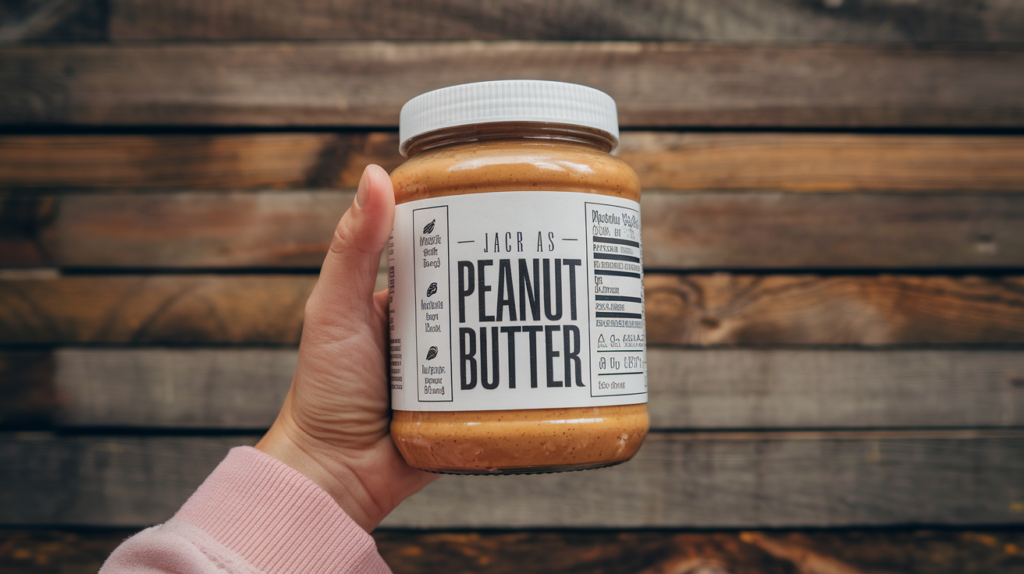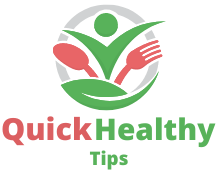While it’s impractical to measure every bite you eat, getting a grasp on portion sizes can significantly benefit your eating habits. In today’s supersized world, many people are shocked to discover that what they perceive as a single serving is often two or three times larger.
Tools for Measuring Portions
If you’re keen on accuracy, consider using a food scale. Some models come preloaded with nutritional information and can track your daily intake. However, a simple gram scale, along with dry and liquid measuring cups, is sufficient for most people. Understanding food labels is crucial for making informed choices at the grocery store.
The Importance of Reading Food Labels
Food labels are invaluable tools for selecting healthy options. The “Nutrition Facts” section provides essential information, including serving sizes and nutritional content, that can guide your food choices.
Here’s why food labels matter:
- Nutritional Transparency: Labels clarify the types and amounts of nutrients in a product, such as saturated fat, sodium, total fat, fiber, and cholesterol per serving.
- Informed Choices: By understanding these values, you can make better dietary decisions that align with your health goals.
Key Elements of Food Labels
To effectively read food labels, familiarize yourself with the following components:

1. Serving Size
The first item on a food label is the serving size, which indicates the typical quantity people consume. Serving size is crucial as it determines the amount of nutrients you intake. For example, if a serving size is 54 grams, that’s the amount you should measure to get the nutrients listed.
If you consume the entire package and it states four servings per container, you’ll need to multiply the nutrient values by four to understand your total intake. For instance, if the label states 250 calories per serving, consuming the entire package would mean you’ve ingested 1,000 calories.
2. Nutrients
This section lists the nutrients in the food item, along with their contribution to your daily recommended intake. The “% Daily Value” helps you understand how a serving fits into a 2,000-calorie diet. If your dietary needs differ, simply adjust the values accordingly.
3. Ingredients
The ingredients list shows what makes up the product, ordered by weight. The first ingredient is the most prevalent, while the last is the least. This ordering helps you gauge the product’s primary components and nutritional quality.
4. Label Claims
Food labels often feature claims about nutritional content, such as “low fat” or “sodium-free.” For example, a product labeled as sodium-free contains less than 5 milligrams of sodium per serving, while low-fat items contain 3 grams of fat or less. Understanding these claims helps you choose products that align with your dietary needs.
Conclusion
While reading food labels may initially seem daunting, it becomes easier with practice. By mastering this skill, you’ll gain better control over your diet and make healthier choices that support your well-being. Embrace the journey of learning to read food labels, and watch how it positively impacts your nutritional habits!
For More Articles Browse Our Blog.
